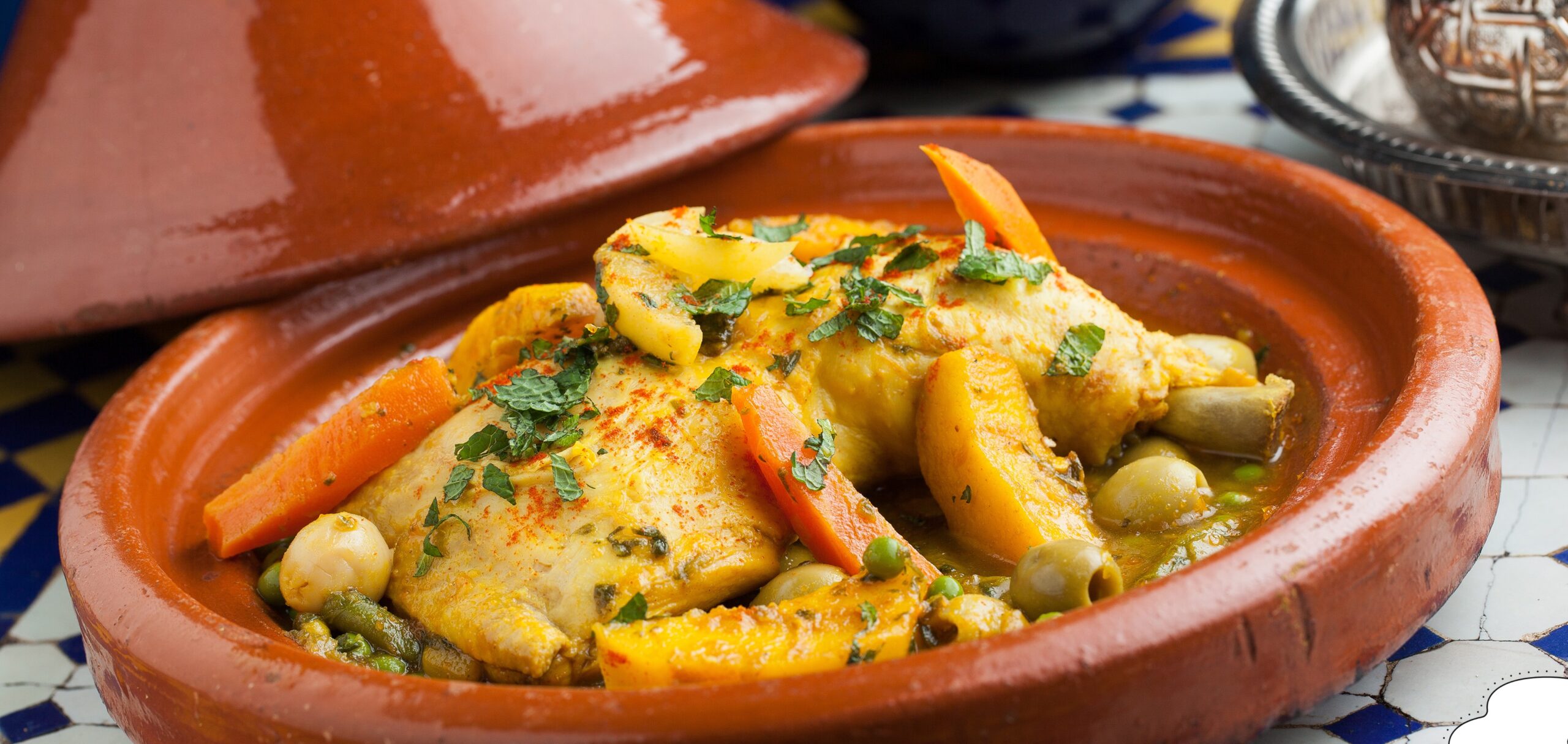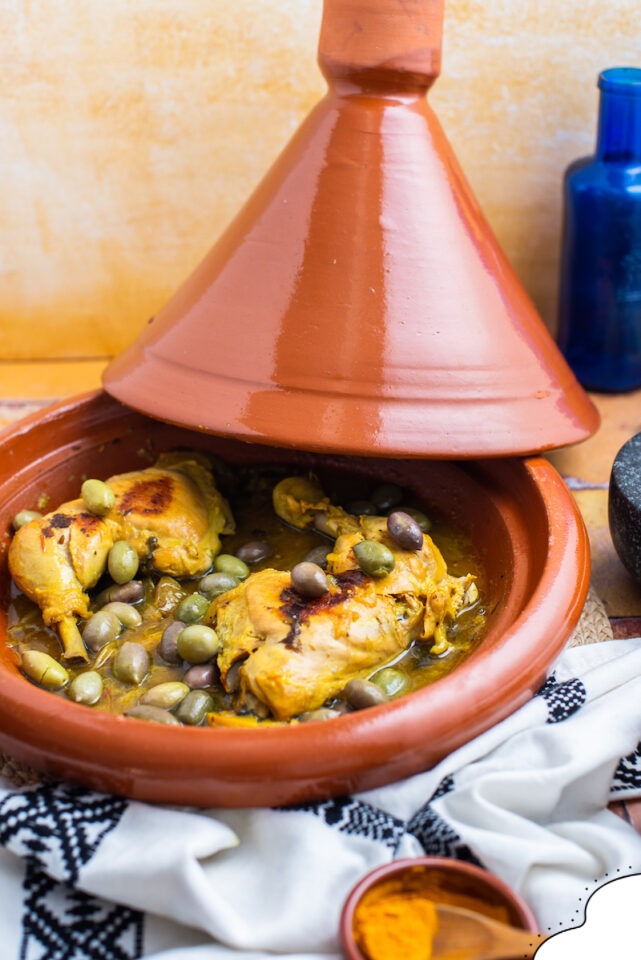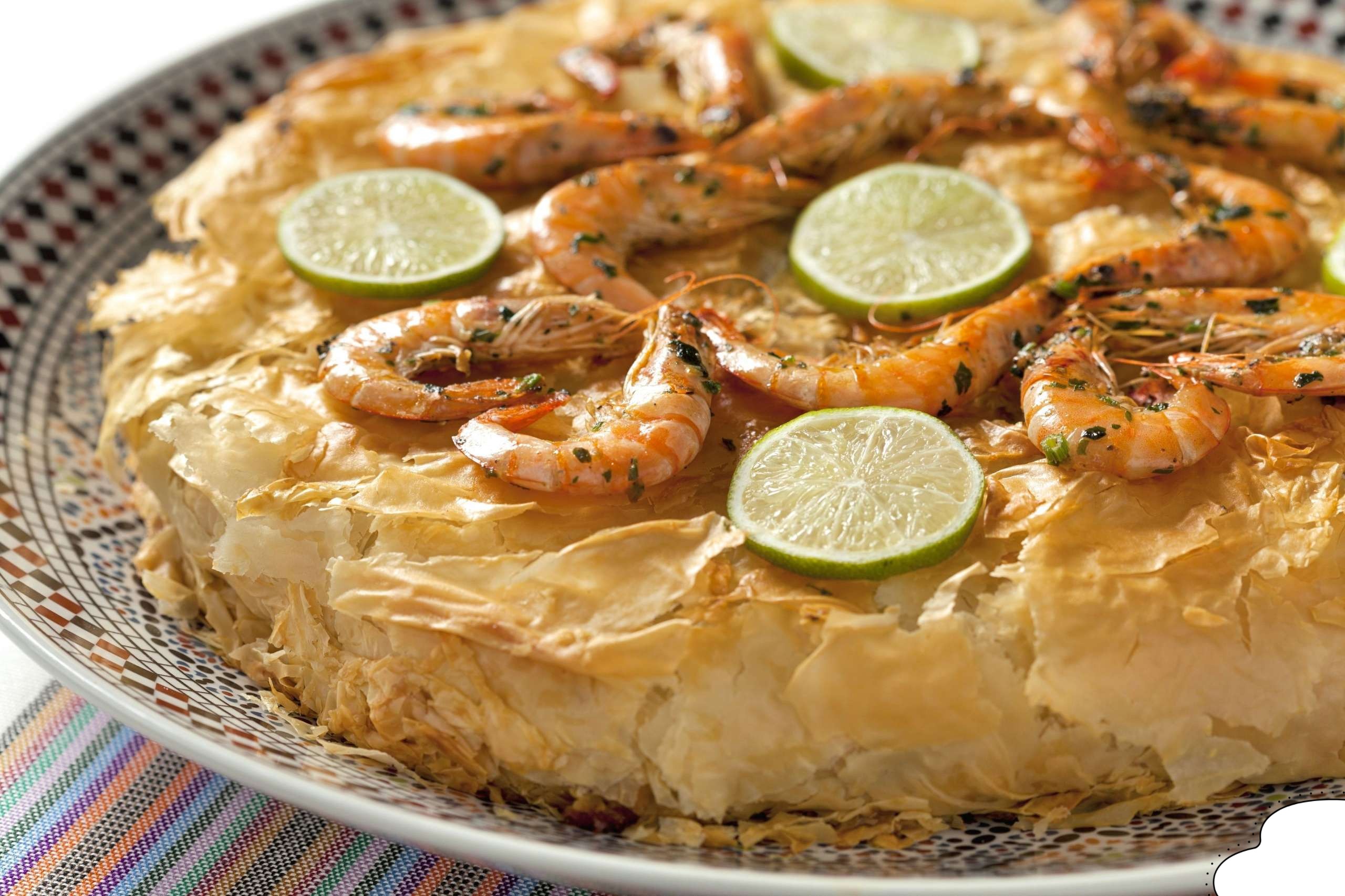
Moroccan Cooking Class in Marrakech: Master the Flavors of Traditional Cuisine
If you’re planning a visit to Marrakech and want to dive deeply into Moroccan culture, a Moroccan Cooking Class in Marrakech is an experience you shouldn’t miss. Beyond the medina’s bustling souks and the call to prayer echoing through the old city, the kitchens of Marrakech offer a genuine taste of Morocco — and few ways are more immersive than participating in a Moroccan Cooking Class in Marrakech with a local chef. In this article, we’ll explore why such a class is a must, what to expect, how to choose the right one, what you’ll learn, and how to make the most of your culinary adventure.
Why choose a traditional Moroccan cooking class in Marrakech?
Taking a cooking class in Marrakech is not just about learning to make a dish—it’s about connecting with Moroccan culture, flavours and traditions.
Immerse yourself in Moroccan flavours
Moroccan cuisine is rich, colourful and aromatic. Think of tagines simmering with spices like cinnamon, cumin, saffron and ginger; the delicate sway of pastilla’s flaky pastry filled with meat and almonds; and the ever-present mint tea served with hospitality. A cooking class lets you touch, smell and taste these elements firsthand, rather than just ordering them at a restaurant.
Learn from local experts
In a traditional cooking class in Marrakech, you’ll often be guided by a local chef or home-cook who knows the rhythms of Moroccan home kitchens. They share not only recipes but stories, family traditions and kitchen secrets that you won’t find in a recipe book.
Enjoy an unforgettable experience
Beyond the food, the atmosphere matters. Many classes take place in charming riads (traditional Moroccan houses), or in markets where you go shopping for fresh produce. This multilayered experience enriches your stay in Marrakech and gives you a great story to tell.
Take home skills and memories
Once you’ve learned how to cook Moroccan dishes, you can bring those skills home. Friends and family will love the stories, the aromas and the results of a tagine or a couscous you learned to prepare.
Don’t miss our article about Campervan Travel Guide to Morocco

What you can expect from the class
Here’s a general breakdown of how a typical traditional Moroccan cooking class in Marrakech will unfold.
Market visit
Often the day begins in the medina, where you’ll meet your instructor and visit a local market. Here you’ll pick fresh ingredients: seasonal vegetables, spices, herbs and perhaps a cut of meat or seafood depending on the menu. It’s a chance to engage with local vendors, ask questions and choose authentic Moroccan produce.
Kitchen time
After shopping, you’ll return to the cooking space — this may be a riad courtyard, rooftop terrace or a home-style kitchen. The instructor will walk you through the dishes, share techniques such as layering spices, slow-cooking the tagine, or assembling a pastilla. Then it’s hands-on: you’ll chop, stir, season and cook alongside the instructor.
Lunch or dinner feast
Once the cooking is done, you’ll sit down to enjoy your creations. Often, you’ll get to relax with other participants, share the meal, and savour the flavours you helped create. Many classes include mint tea, dessert or fresh fruit to finish the experience.
Recipes and tips to take home
Most good classes give you a printed recipe (or digital copy) with instructions and tips you can recreate back home. The instructor may also share where to buy Moroccan spices, what substitutions work and how to adapt dishes to your kitchen.

How to choose the right cooking class
With so many options in Marrakech, here are some tips to pick the best traditional Moroccan cooking class for you.
Check group size & setting
Smaller groups (6-12 people) give a more personal experience and allow more interaction with the instructor. Larger groups may feel less hands-on. Also check whether the class is in a private home, rooftop terrace or commercial kitchen—each has its own charm.
Look at the menu
Different classes offer different menus. Some focus on vegetarian dishes, others on meat or seafood, or even baking Moroccan pastries. Choose one that fits your dietary preferences and your curiosity.
Market visit inclusion
A class that includes a market visit adds another dimension. It gives you insight into buying spices, selecting produce and experiencing the marketplace culture of Marrakech.
Reviews & instructor credentials
Read reviews from past participants. Look for mentions of the instructor’s friendliness, the clarity of instruction, cleanliness, and the overall atmosphere. A well-regarded instructor who makes you feel comfortable will make the experience memorable.
Price & what’s included
Ensure the price includes everything: ingredients, tea or drinks, printed recipes, and ideally transport (if needed). Some premium classes include a visit to a local spice house or tea tasting.
Timing and location
Check start times (morning vs afternoon vs evening) and where the class is held. A rooftop terrace during sunset might be particularly magical. Also ensure the meeting point is convenient from your riad or hotel in Marrakech.

Discover the Flavors of Marrakech!
Step into the vibrant world of Moroccan cuisine with a hands-on cooking class in Marrakech. Learn to prepare authentic tagines, couscous, pastilla, and more with a local chef. Explore the bustling medina, shop for fresh spices, and enjoy the dishes you create in a traditional Moroccan setting. Perfect for food lovers, cultural explorers, and anyone looking for a memorable Marrakech experience.
Typical menu items you’ll learn
In a traditional Moroccan cooking class in Marrakech you may learn to prepare one or more of the following:
- Tagine: The iconic Moroccan slow-cooked dish made in a conical clay pot. You’ll learn how to layer meat (lamb, chicken, or even vegetarian), vegetables, dried fruits and spices for that characteristic aroma and texture.
- Couscous: Traditionally steamed and served with seasonal vegetables and meat or chickpeas. You’ll learn how to make the semolina granules light and fluffy, and how to pair it with the right sauce and toppings.
- Pastilla (Bastilla): A delicate pastry often filled with pigeon or chicken, almonds, cinnamon and sugar. You’ll learn the folding technique and how to balance sweet and savoury flavours.
- Salads and starters: Dishes like zaalouk (roasted eggplant and tomato), taktouka (roasted peppers and tomatoes) or refreshing salads with preserved lemons and olives.
Mint tea and dessert: No Moroccan meal is complete without the ritual of pouring mint tea from height. Some classes also include a small dessert such as msemen (flaky flatbread) or chebakia (honey-sweet pastries, especially during Ramadan).

Conclusion
A Moroccan Cooking Class in Marrakech offers so much more than just learning a recipe—it’s an invitation to live a little like a local, to explore flavours, stories, and kitchens that aren’t always on the tourist trail. Whether you’re a culinary enthusiast, a cultural explorer, or somebody just looking for a memorable activity in Marrakech, a Moroccan Cooking Class in Marrakech is a delightful way to connect, taste, and remember.
If you’re ready to roll up your sleeves, shop in the medina, stir tagines, and laugh with a Moroccan chef, you’re in for a treat. Book a Moroccan Cooking Class in Marrakech that suits you, go hungry, ask lots of questions, and get ready to taste Marrakech in a truly memorable way.
